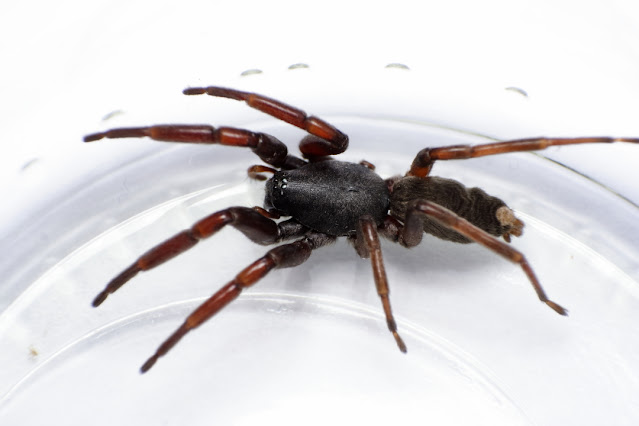White-tailed spider (Lampona cylindrata)
The White-tailed spider (Lampona cylindrata) is a moderate-sized arachnid native to Australia. Despite its name, it is primarily recognized by the cream or gray coloration of its abdomen, which features a distinctive white spot at the tip, rather than the color of its limbs. Measuring around 1.5 centimeters in length, the White-tailed spider possesses a slender body and long legs, which aid in its rapid movement.
A distinguishing feature of the White-tailed spider is its prominent jaws or chelicerae, which contain venom glands. These spiders are known for their unique hunting technique, whereby they actively search for prey instead of relying on webs to catch their food. Although they primarily feast on other insects, they have been known to occasionally prey on other spiders as well.
Habitat-wise, White-tailed spiders are commonly found in both urban areas and natural environments throughout Australia. They tend to favor dark and moist sheltered areas, such as under bark, rocks, or inside homes. While usually avoiding direct contact with humans, these spiders have gained notoriety due to their potential for biting humans if they feel threatened or trapped.
The venom of the White-tailed spider can cause localized reactions in humans, such as pain, swelling, and itchiness. However, severe cases resulting in necrotic lesions or ulcers have been a topic of debate among experts, as the association between these symptoms and White-tailed spider bites remains inconclusive.
1/200 - f/9 - ISO200 - macro - flash




No comments:
Post a Comment